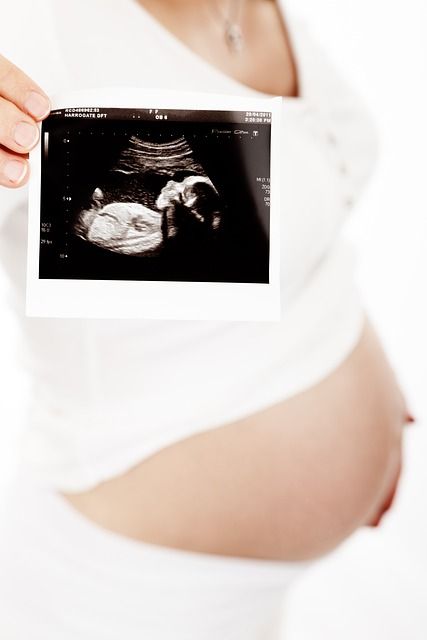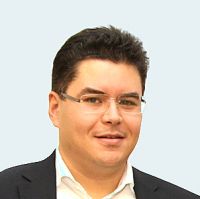Even if many couples long for a baby, they often remain childless without wanting to. There are many reasons for not conceiving. In that case, a fertility treatment is often the only way to have a baby.
Recommended specialists
Article overview
Fertility treatment - Further information
It is not uncommon nowadays for couples to remain childless. In Germany alone, every seventh couple is infertile. The main causes are:
- inflammations, malformations and tumors of the ovaries
- malformations of the testicles & obstructed sperm ducts
- hormonal disorders
- diets and fasting cures
- wrong diet
- medications
- drugs
- nicotine
- alcohol
Most couples then need medical help to fulfil their dream of having a baby. Hormonal treatment is often enough to become pregnant. However, in any case, the attending doctor must determine whether the impairment lies with the man or woman or both.

What is fertility treatment all about?
A fertility treatment helps couples to finally conceive a child. One of the most common physical causes is hormonal imbalance, which primarily affects the maturation process of female eggs. In this case, the attending doctor will try to regulate the cycle with hormone therapy.
In addition to the drug clomiphene, many doctors use a so-called follicle-stimulating hormone (FSH) or human menopause gonadotropin (HMG) to induce premature ovulation. Successful hormone therapy can increase your chances of having a baby significantly so that artificial insemination may no longer be necessary.
What other fertility treatments are there?
Ultimately, your doctor will decide which fertility treatment is best. In addition to hormone therapy, there are other treatments that can help you become pregnant.
Insemination
An insemination is mainly carried out by the doctor if the sperm has a normal or only slightly limited quality and quantity. In this case, the ejaculate is processed and the most mobile sperm is inserted into the uterus at or shortly before ovulation.
In vitro fertilisation (IVF)
In vitro fertilisation consists of two treatments. The first treatment step usually involves hormone therapy to stimulate the maturation of the eggs. He then removes the eggs, which are then brought together with the man's prepared sperm in the laboratory. Since fertilisation takes place in the test tube, it is also called "in vitro". If fertilisation is successful, the doctor places the tiny embryos back into the uterus after a few days.
Intracytoplasmic sperm injection (ICSI)
Intracytoplasmic sperm injection is often referred to as microinjection in the medical field. Reproductive biologists use this method when sperm quality is severely impaired by inserting a sperm directly into the egg under the microscope. After successful fertilisation, the embryo created by cell division is inserted into the uterus after a few days, analogous to IVF therapy.
Cryopreservation
Cryopreservation is the storage of eggs in liquid nitrogen. If IVF or ICSI therapy produces more fertilised eggs than are necessary for the current treatment, it is possible to freeze these fertilised eggs. If the patient does not get pregnant or if she wishes to have children again, these fertilised eggs can be thawed and used.
Requirements & cost absorption for fertility treatment
If you are considering fertility treatment, you should fulfil a number of requirements. These include:
- detection of two vaccinations against rubella or positive rubella titre
- a negative HIV and hepatitis B and C test
As a rule, treatment costs are only covered for married couples who have reached the age of 25. In the case of women, health insurance usually covers therapy up to the age of 40. For men, the maximum age is 50 years.
Before treatment begins, you must submit a treatment plan to your health insurance company that describes the need for fertility treatment. Under certain circumstances, health insurance covers 100 percent of the cost of treatment.
However, only the egg and sperm cells of the spouses are used for the therapy. If you freeze the fertilised eggs (cryopreservation), the health insurance does not cover the costs. The amount of the personal contribution depends on the extent of the treatment. However, more than three attempts are usually not paid for. As soon as pregnancy fails to occur after the third attempt, couples have to pay for the subsequent treatments themselves.
Those who long for a child should consider a fertility treatment that increases the chance of having a baby. In addition to hormone therapy, insemination, IVF and ICSI are among the most common treatments, which are either partially or completely covered by health insurance.










